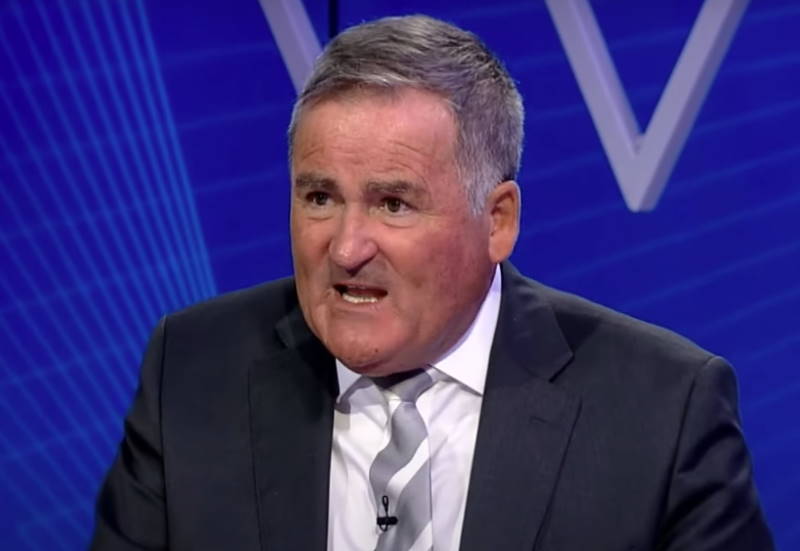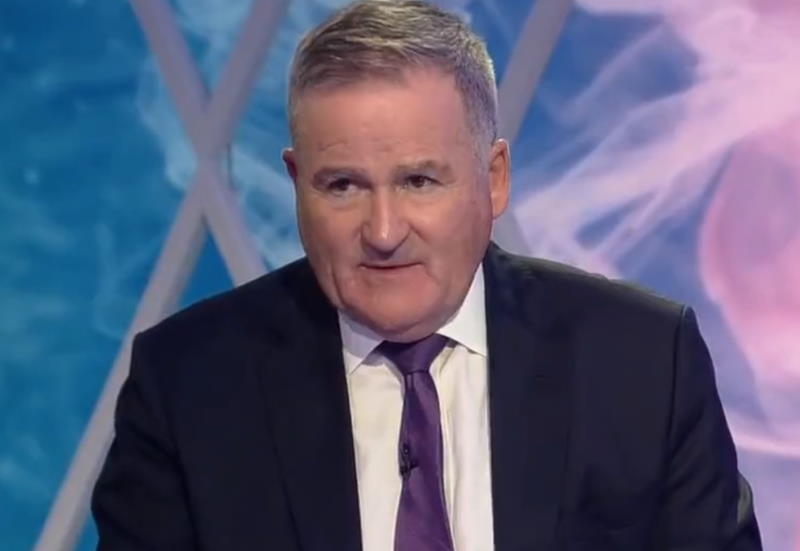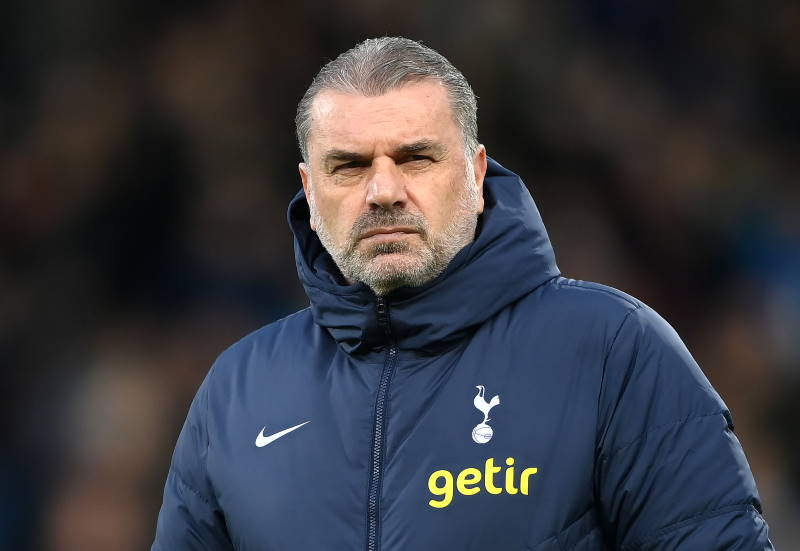
G. Longden
Ever since the Taylor Report in the wake of the Hillsborough disaster, Liverpool Football Club have shuffled the various cards in the new stadium/ redevelopment pack. Last Monday (15th October), hopes were high amongst the Reds faithful that, over two decades on, finally some clarity and action might be forthcoming. Those hopes were dashed by a statement that showed initiative from Liverpool City Council, but nothing from the club.
The Premier League era has not been kind to Anfield. Whilst competitors like Manchester United have increased their capacity by half through redevelopment, and Arsenal by the same amount with a new stadium, the proud home of Liverpool FC has become becalmed on a sea of inertia, ineptitude bad luck and bad judgement. To the casual visitor the ground looks in good shape, but beneath the facade the shortcomings are evident.
relatedArticle
The “New” Main Stand dates from 1973. Seating the paddock in 1980 and improved directors’ facilities in 1982 were the last substantial pieces of work done. The Centenary Stand, opened in 1992, has excellent upper tier& amenities, but the lower tier is the old Kemlyn Road construction with cramped seating on a profile designed for terracing, with poor concourse and hospitality facilities. Opposite the Kop stand, the Anfield Road End lower tier is the original structure built in 1965, with the same drawbacks as the Centenary lower, the upper tier having been added in 1998. The Kop, although revamped when seated in 1994, failed to anticipate the level of amenity that would be required and become the norm, two decades later.
Liverpool are still the second best supported club in England by cumulative annual average attendance, yet currently offer only the 71st largest stadium by capacity in Europe and last year lay 23rd in the European league table of best supported clubs by average home attendance. Of all the sides in the North West of England, Liverpool have improved their average attendance as a percentage of pre-Taylor attendances least, simply because they have failed to increase capacity.
Planning permission for a new stadium on the adjacent Stanley Park and a redeveloped existing Anfield site has existed since 2004, but is now likely never to see the light of day; the club claim for economic reasons. The announcement itself came from the council, not the club, and committed the council to a regeneration package with local Housing Associations of around £30M. However, there was no pledge of a contribution from Liverpool Football Club towards that regeneration, nor were there any indicative plans of what a redeveloped Anfield would look like, or an indication of the land it might require to complete the redevelopment. No confirmation of the facilities that a redeveloped Anfield might offer was proposed either. All of which continues to frustrate fans and local residents alike.
The problem is that Liverpool Football Club do not own the land on which to redevelop and are not thought ready to pay the relevant landowners sufficient sums to persuade them to sell. It appears that the strategy is to secure forced sales by the use of Compulsory Purchase Orders (CPOs). However, CPOs are not available to enable private companies to make profits at the expense of adjacent landowners for foreign investors. In order to secure those, Liverpool will need to demonstrate that they are part of the housing regeneration package by physical or financial contribution, probably both, and so far the club have offered no indication of what that might be.
Current annual match day revenue at Anfield is around the £42M mark; Manchester United and Arsenal generate around £100M over the same period. Given Liverpool’s more modest on the pitch performances recently and less affluent supporter hinterland, the proposed 60,000 capacity redevelopment might reasonably generate around £72M worth of revenue – an extra £30M a year, or £300M plus over ten years. Unsurprisingly, local residents and landowners facing the prospect of being offered “market value plus disturbance” are unimpressed. The club own several properties which have been allowed to fall into dereliction; Liverpool’s inaction has further depressed prices. The accusation that the club are acting like a “slum landlord” is an uncomfortable one, particularly when the financial beneficiaries are Boston business investors.
For most fans the pull and tradition of Anfield is great. Yet a redeveloped ground would be significantly different. An extra 15,000 seats would require the Anfield Road End to be at least as big, if not bigger, than the Kop at around 13,000 seats and the new Main Stand would need to almost double in size. The physical symmetry of the ground would flip. A redevelopment which offers a satisfactory capacity, 21st century facilities and an equitable solution for local residents and landowners who may be displaced would suit all – but no such proposition has been forthcoming.
To date the pro-redevelopment argument has been predicated by the claims that it is better and cheaper. Those claims will shortly be put to the test. A “New Anfield” at Stanley Park is consented, would provide for more regeneration on the old Anfield site and offer more jobs. The stadium itself would be brand new and the facilities can be whatever the club desire. A redeveloped Anfield requires land to be bought, lengthy purchase and negotiation disputes which may need CPOs and cause appeals, planning permission, a satisfactory capacity and facility solution on a restricted site. If all that comes off, the club end up with a half new, half old stadium as only the Anfield Road End and Main Stand are likely to be redeveloped.
The option of in situ redevelopment has been presented so far as the cheap, easy painless one. That assumption is likely to be sorely tested as reality bites.













